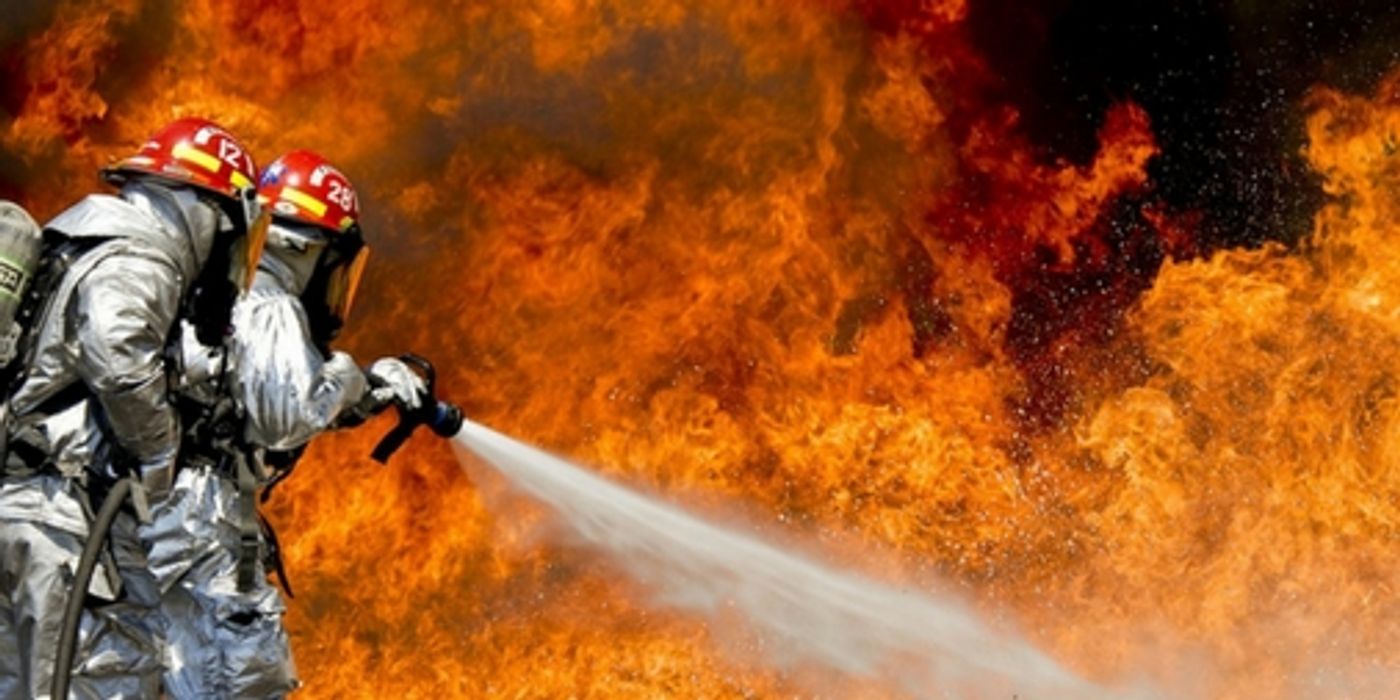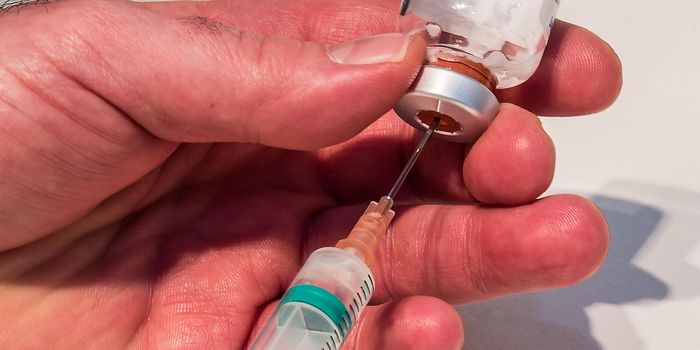Fighting Fire, Fighting Melanoma
Among all the health hazards that come with the job, firefighters may now also have to worry about melanoma.
In a recent study, researchers found that firefighters have an increased risk for melanoma, the deadliest form of skin cancer. The study was conducted on approximately 2,400 firefighters in South Florida. These professionals provided answers to a comprehensive 127-item questionnaire that was administered as part of the Annual Cancer Survey and the Firefighter Cancer Initiative. Items on the questionnaire probed the firefighters for their sun protection habits, skin cancer screenings, risk factors, and past skin cancer diagnoses.
The questionnaire revealed that about 4.5 percent of the respondents had been diagnosed with skin cancer. Among these, about 0.7 percent had been diagnosed with melanoma, which is more aggressive and more difficult to treat successfully. And according to the researchers, this rate is much higher than that of the general population, which they estimate to be at 0.01 percent.
More alarming, the firefighters seem to receive the melanoma diagnoses much earlier, in their 40s. By contrast, the median age of melanoma diagnosis in the general public is 64.
What’s behind this apparent increased risk for melanoma in firefighters? Dr. Alberto Caban-Martinez, the study’s co-author, pointed to chemical exposure.
"It is certainly possible that chemicals encountered by firefighters during the incident response could be increasing their risk for skin cancer," said Dr. Caban-Martinez, an assistant professor in the Department of Public Health Sciences at the University of Miami's Miller School of Medicine.
The biggest visible culprit may be soot, the byproduct of combustion. Indeed, soot exposure is a known carcinogen that’s been linked to lung disease, lung cancer, and asthma. “This soot can transfer from the fire to their fire engine/truck, back to their fire station and possibly even home,” explained Dr. Caban-Martinez.
Another culprit could be the flame retardants, which contain chemicals that have been linked to thyroid cancer.
The link between firefighting and cancer is not a new one. Previously, the Centers for Disease Control and Prevention outlined higher risks for a variety of cancer types in male and female firefighters. It seems the physical hazards of running into a burning building only continue to plague these men and women even once they’ve put out the fire.
Fire and safety agencies are continually working to reduce the health risks associated with this profession. But the results of these studies suggest, at the very least, routine full-body skin checks should become a regular and frequent part of the health workup for all firefighters.
Additional source: Live Science









